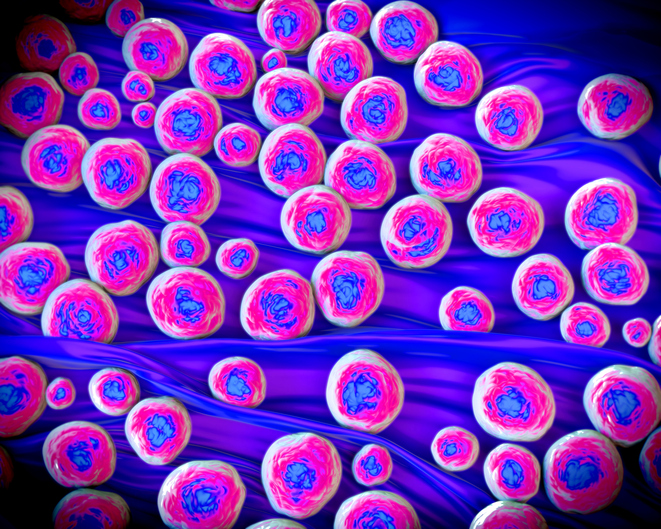
Researchers at the Milner Center for Evolution at the University of Bath in the U.K. have demonstrated that sequencing the DNA of Methicillin-resistant Staphylococcus aureus (MRSA) can help identify patients most at risk of death from MRSA and could provide the basis for the development of new therapies to combat these sometimes-deadly infections.
Their study (“Clonal Differences in Staphylococcus aureus Bacteraemia-Associated Mortality”) appears in Nature Microbiology.
“…we phenotyped a collection of sequenced clinical S. aureus isolates from [about 300] patients with bloodstream infections, representing two globally important clonal types, CC22 and CC30,” write the investigators. “By adopting a genome-wide association study approach we identified and functionally verified several genetic loci that affect the expression of cytolytic toxicity and biofilm formation. By analysng the pooled data comprising bacterial genotype and phenotype together with clinical metadata within a machine-learning framework, we found significant clonal differences in the determinants most predictive of poor infection outcome.”
Methicillin-resistant S. aureus (MRSA) has become resistant to most antibiotics, and up to 20% of patients with severe infections die.
In their study, the scientists looked at the genetic code of the infecting MRSA bacteria and paired this information with individual risk factors for each patient, including age and presence of any other illnesses. They noted whether the patient was still alive after 30 days of the infection and if deceased whether MRSA contributed to their death. Paired together, this information allowed the team predict with high accuracy the individual's probability of surviving the MRSA infection.
According to team leader Ruth Massey, Ph.D., “Our study is important because it's the first time we've collected data in human patients rather than relying solely on animal models. We've combined information from real people with phenotypic and DNA sequence data from the bacteria causing the infections.
“For the first time we've been able to predict which strains are most virulent, or likely to cause disease, and the outcomes of infection.
“We've previously found that the most highly toxic MRSA strains were is less likely to cause septicemia; however, this research shows that when it does, it is more deadly than other strains. What is clear is that we still have a long way to go to understand how this pathogen causes disease.”
The researchers found that for CC22 strains, both their toxicity and biofilm-forming abilities played a significant role in whether the patient survived infection. However, these factors did not appear to be involved in the patient outcome for those infected with CC30 strains, meaning this strain is killing people in a different way.
Dr. Massey and her colleagues said they hope their work will help researchers better understand how MRSA kills and lead to the development of new treatments and infection control.











